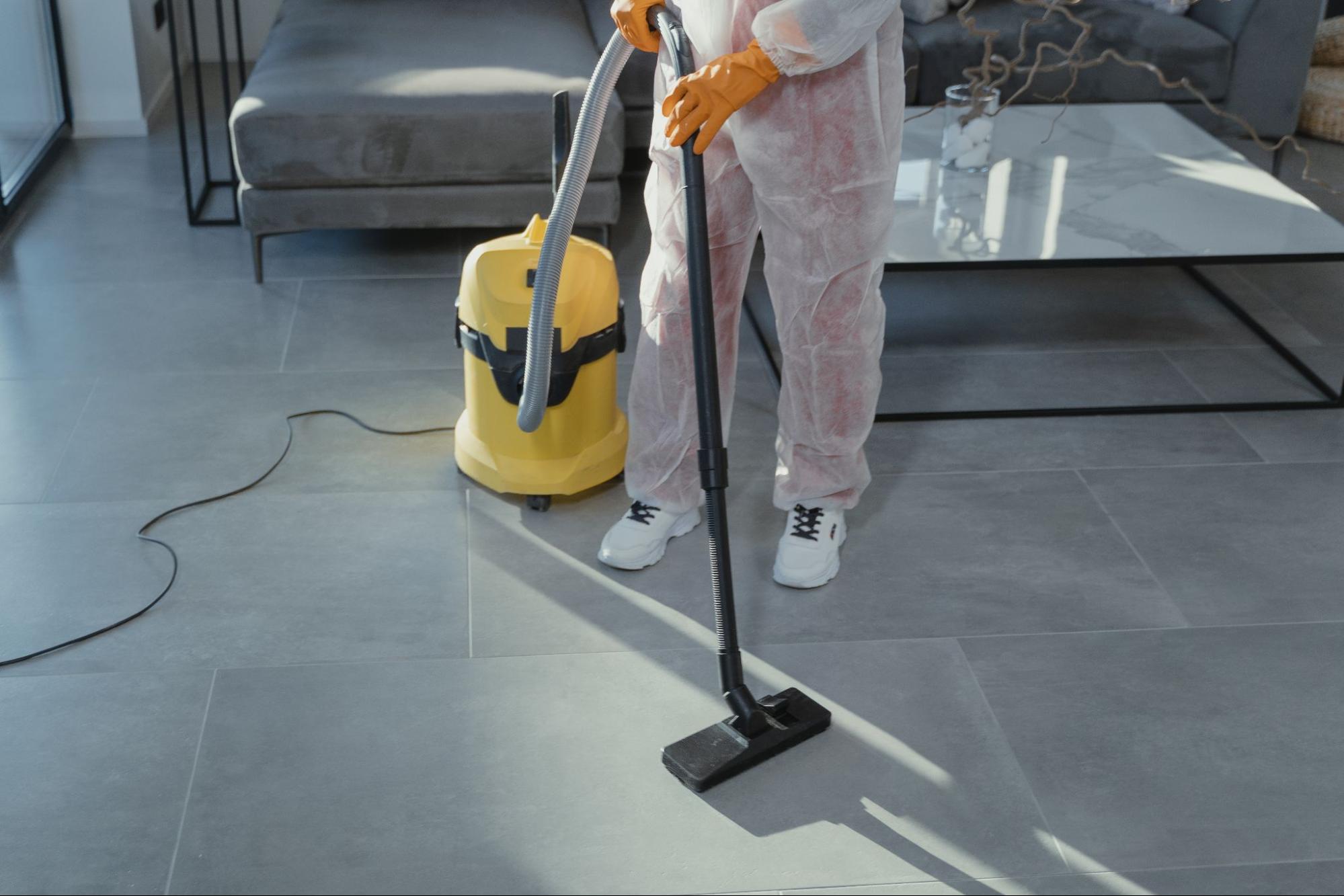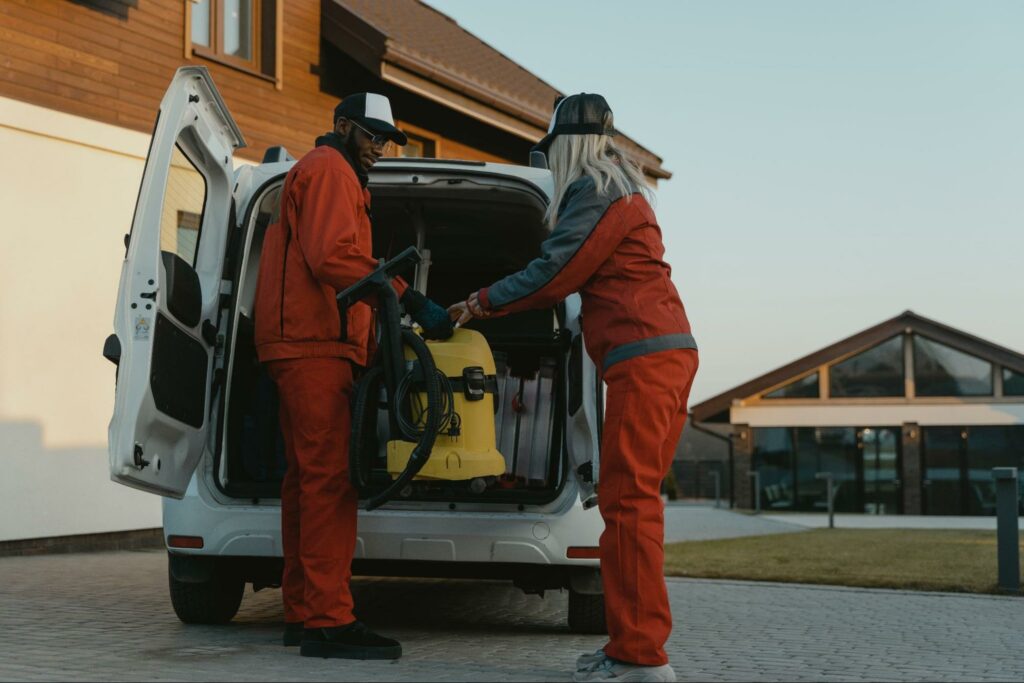Table of Contents
ToggleHow to Vacuum Seal Jars
Are you looking to prolong the shelf life of your favourite homemade jams, pickles, or other preserves? Vacuum sealing jars is a great technique to ensure the freshness and longevity of your stored goods. In this article, I’ll share some helpful tips and tricks on how to vacuum seal jars effectively.
Firstly, it’s important to choose the right type of jar for vacuum sealing. Opt for glass jars with airtight lids that are specifically designed for canning purposes. Mason jars are a popular choice due to their durability and availability in various sizes. Ensure that both the jar and lid are in excellent condition before proceeding.
To begin the vacuum sealing process, make sure your jars are clean and dry. Any dirt or moisture can compromise the effectiveness of the seal. Fill each jar with your desired contents, leaving appropriate headspace as recommended for each specific food item. Next, place a new lid on top of each filled jar and screw them tightly.
Now comes the crucial step: creating a vacuum seal. There are two common methods you can use – water bath method or pressure canner method. The water bath method involves submerging filled jars in boiling water for a specific time period determined by the recipe you’re using. On the other hand, pressure canners utilise steam under high pressure to create an airtight seal.
By following these simple tips and tricks for vacuum sealing jars effectively, you can ensure that your preserved foods stay fresh and flavorful for an extended period of time. Whether you’re stocking up on homemade goodies or simply organising your pantry, vacuum sealed jars provide an efficient storage solution that keeps food at its best quality.
Choosing the Right Jars for Vacuum Sealing: Tips and Tricks
When it comes to vacuum sealing jars, selecting the right jars is a crucial step to ensure successful preservation of your food. Here are some tips and tricks to help you choose the perfect jars for vacuum sealing:
- Opt for Mason jars: Mason jars are widely recommended for vacuum sealing due to their durability and airtight seal. These jars are designed to withstand pressure changes, making them ideal for long-term storage.
- Consider jar size: Depending on your needs, choose the appropriate jar size for vacuum sealing. Smaller jars are great for individual portions or small batches, while larger ones can accommodate bigger quantities of food.
- Look for quality materials: It’s important to select high-quality glass or BPA-free plastic jars that can withstand the vacuum-sealing process without cracking or warping. Ensure that the lids fit securely and have a rubber gasket for an effective seal.
- Check jar condition: Before using any jar, inspect it thoroughly. Look out for chips, cracks, or any damage that could compromise the integrity of the seal. Damaged jars may not create an airtight environment necessary for preserving freshness.
- Consider special-purpose jars: Certain foods may require specialized jar types such as wide-mouthed jars or those with unique shapes and sizes specifically designed for canning purposes. Research specific recommendations based on what you plan to preserve.
Remember, choosing suitable jars plays a critical role in successful vacuum sealing. By considering factors like material quality, size, condition, and purpose-specific features, you’ll be well on your way to effectively preserving your favourite foods with confidence.
Now that we’ve covered how to choose the right jars let’s move on to exploring other essential aspects of vacuum sealing techniques in our upcoming sections!

Preparing The Jars For Vacuum Sealing
When it comes to vacuum sealing jars, proper preparation is key to ensuring a successful and effective seal. In this section, I’ll share some valuable tips and tricks on how to prepare your jars for vacuum sealing. Let’s dive in!
- Cleanliness is Crucial: Before you begin the vacuum sealing process, it’s important to ensure that your jars are clean and free from any dirt, residue, or lingering odours. Start by washing the jars thoroughly with warm soapy water and rinse them well. You can also run them through a dishwasher cycle if they are dishwasher-safe. Once cleaned, allow the jars to air dry completely.
- Inspect for Cracks or Chips: Next, carefully examine each jar for any cracks or chips along the rim or body. Even a small flaw can compromise the integrity of the seal. If you spot any damaged jars, it’s best to replace them with new ones to guarantee an airtight seal.
- Select Appropriate Lids: Choosing the right lids is crucial for achieving a proper vacuum seal. Opt for high-quality canning lids specifically designed for vacuum sealing purposes. These lids typically have a rubber gasket that creates an airtight barrier when properly secured.
- Properly Fit Lids: To ensure an optimal seal, make sure that each lid fits snugly onto its respective jar without any gaps or misalignments. Double-check that there are no leftover food particles on the rim of the jar that could interfere with creating an airtight closure.
- Apply Correct Pressure: When attaching lids onto jars, apply gentle but firm pressure while turning them clockwise until securely tightened but not overly tight. Excessive tightening can lead to deformation of both jar and lid and may prevent proper air removal during vacuum sealing.

